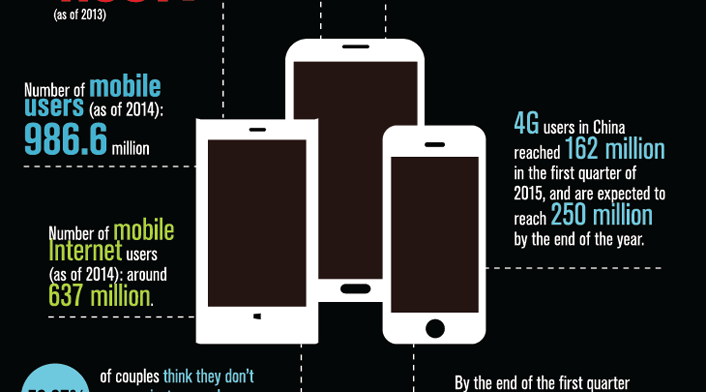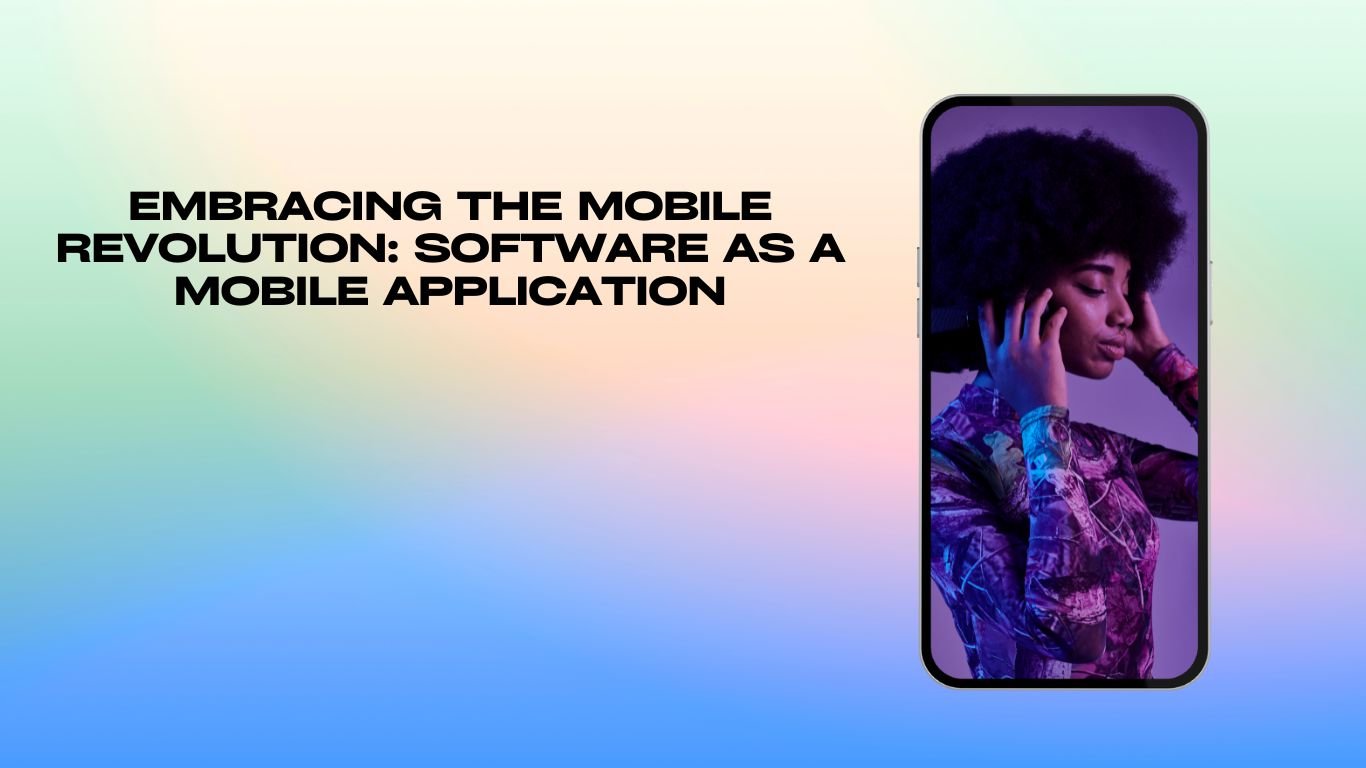The proliferation of smartphones and tablets has paved the way for a shift in software development, with a growing emphasis on mobile applications. Mobile apps have become an integral part of our daily lives, catering to various needs, from communication and entertainment to productivity and shopping. This article will explore the world of software as mobile applications, discussing their types, the benefits they offer, the role of platforms and operating systems, best practices for mobile app development, and popular tools for creating and testing mobile apps.

Types of Mobile Applications.
Mobile applications can be broadly categorized into three types based on their development approach: native, web, and hybrid apps.
Native apps: These are developed specifically for a particular platform or operating system (OS), such as iOS or Android, using platform-specific programming languages (Swift for iOS, Java or Kotlin for Android). Native apps offer high performance, smooth user experience, and full access to device features.
Web apps: These are essentially mobile-optimized websites that run within a browser. Web apps are developed using standard web technologies, such as HTML, CSS, and JavaScript, and are platform-independent. They are easier to maintain and update but may have limited access to device features.
Hybrid apps: Hybrid apps combine the best of both worlds, using web technologies for development and running inside a native container. Frameworks like React Native and Ionic enable developers to create cross-platform apps with a single codebase, reducing development time and effort.

Benefits of Mobile Applications
Mobile applications offer numerous advantages for businesses and users alike:
Accessibility: Mobile apps provide users with instant access to services and information, anytime and anywhere, through their smartphones and tablets.
Personalization: Apps can be tailored to users’ preferences and behavior, offering a personalized and engaging experience.
Push notifications: Mobile apps enable businesses to send targeted notifications and updates, driving user engagement and retention.
Brand presence: A mobile app can serve as a constant reminder of a brand, as it occupies valuable real estate on users’ devices.
Monetization: Apps offer various monetization strategies, such as in-app purchases, subscriptions, and advertising, creating new revenue streams for businesses.
Platforms and Operating Systems
The two dominant mobile operating systems are iOS, developed by Apple, and Android, developed by Google. These platforms have their respective app stores (Apple App Store and Google Play Store), where users can discover, download, and update mobile apps. Developers need to consider platform-specific guidelines, programming languages, and development tools when creating apps for these ecosystems.
iOS apps are developed using Swift or Objective-C and require the use of Apple’s Xcode development environment. Android apps can be built using Java or Kotlin, with Android Studio as the primary development tool.
Developers may also opt for cross-platform frameworks like React Native, Xamarin, or Flutter, which enable the creation of apps that run on both iOS and Android using a single codebase.

Best Practices for Mobile App Development
Creating a successful mobile app requires careful planning, design, and execution. Here are some best practices for mobile app development:
User-centered design: Prioritize user experience and design the app with the target audience in mind, focusing on usability and aesthetics.
Performance optimization: Optimize the app to ensure fast loading times, smooth performance, and minimal battery consumption.
Platform-specific guidelines: Follow the design and development guidelines provided by the respective platforms (Apple’s Human Interface Guidelines and Google’s Material Design) to ensure a consistent and familiar user experience.
Security: Implement robust security measures to protect



